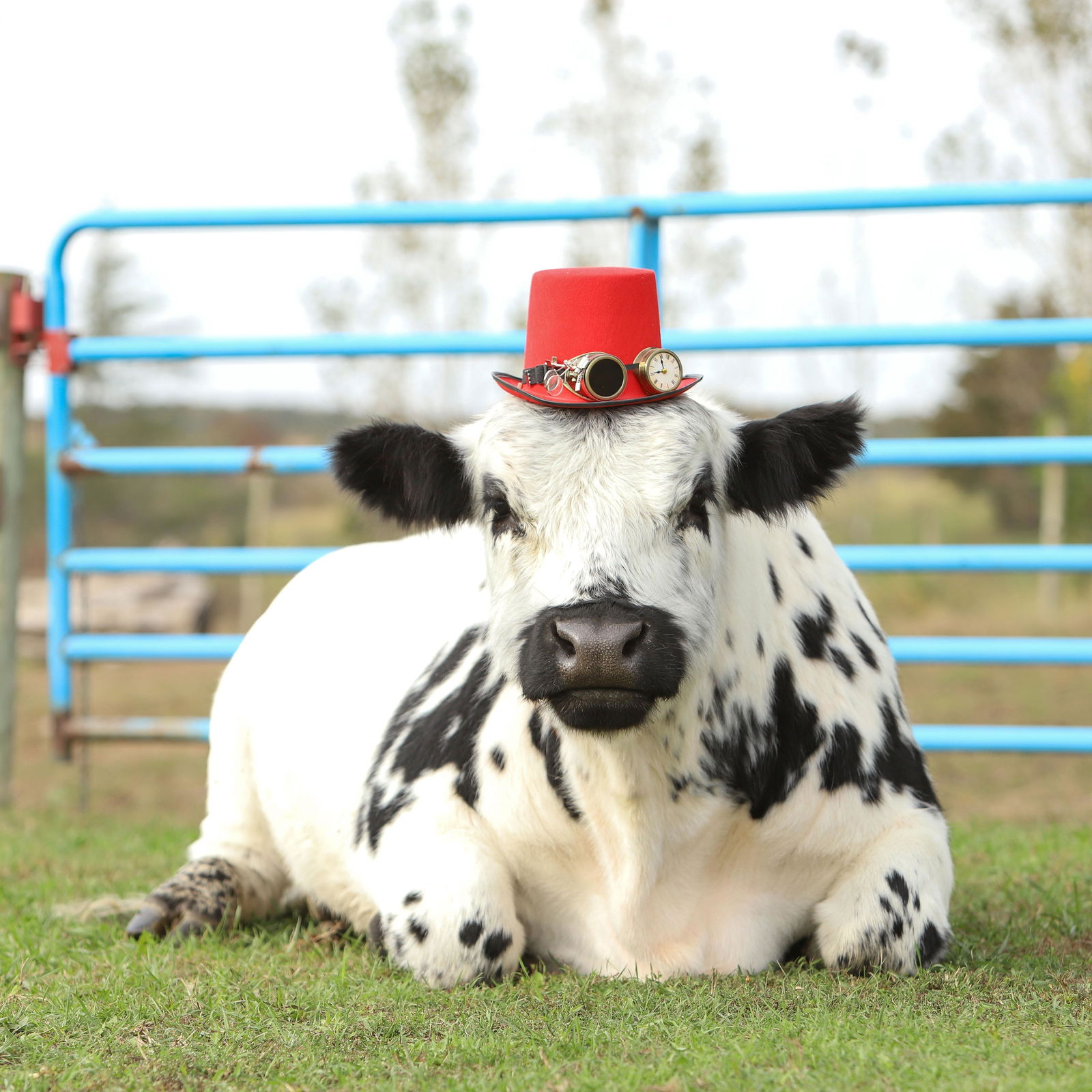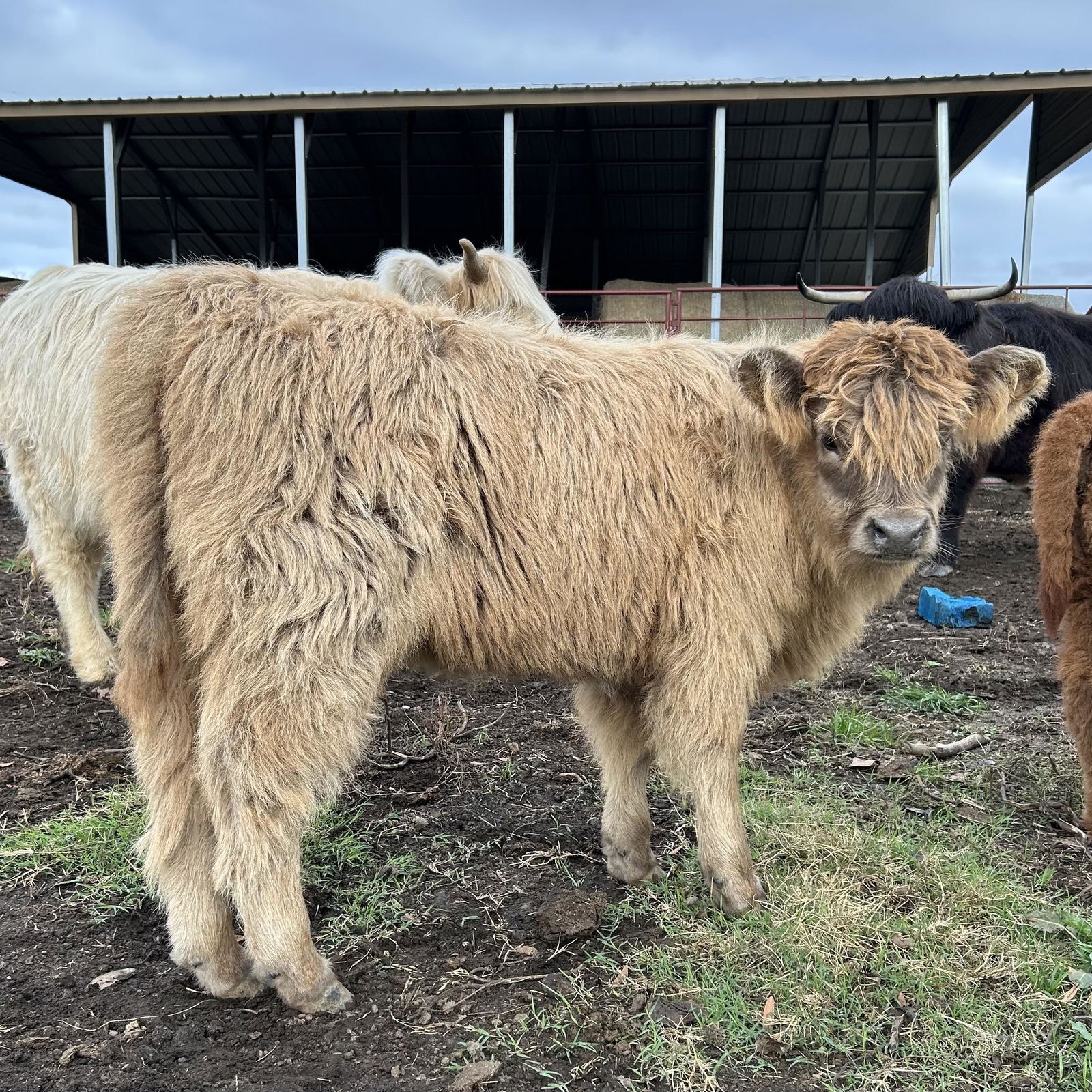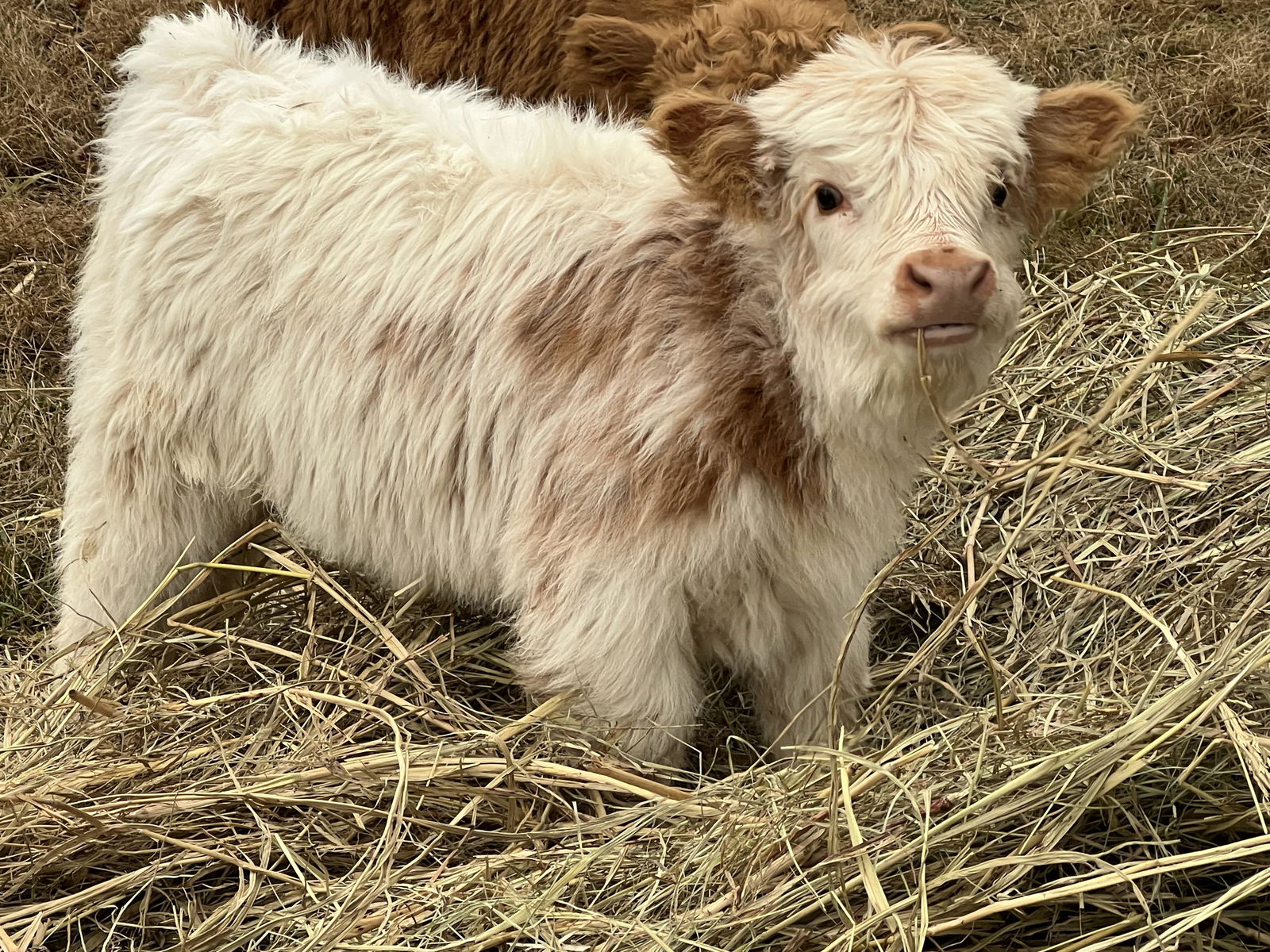How Long Are Mini Donkeys Pregnant? A Guide to Gestation and Foaling
Author: Elliott Garber, DVM
Mini donkeys may be small, but their pregnancy journey is fascinating. These pint-sized equines pack plenty of charm, and their path to motherhood follows nature’s perfect timing. Whether you’re planning to breed your mini donkey or just curious about these delightful creatures, understanding their pregnancy timeline is essential.
Understanding Mini Donkey Pregnancy Duration
Mini donkeys have their own unique pregnancy timeline that sets them apart from other equines. Their small size plays a role in their reproductive cycle, though they maintain the core characteristics of donkey gestation.
Normal Gestation Period for Mini Donkeys
A mini donkey pregnancy typically lasts between 365-376 days – a bit longer than horses at 340 days. The timing can vary based on several factors. First-time moms usually deliver around 368 days, while experienced jennies tend to carry for about 372 days. The season matters too – winter pregnancies often stretch to 374 days, while summer ones wrap up sooner at around 366 days.
Signs of Pregnancy in Mini Donkeys
Your mini donkey will show several telltale signs throughout her pregnancy. Around the 6-month mark, you’ll notice her abdomen growing larger. The final stretch brings more obvious changes – her udder develops about 4-6 weeks before birth, and you might spot the foal moving around the 7-month point. Expect your jenny to gain 15-20 pounds and show some personality changes too.
Most pregnant jennies become a bit more protective of their space and might change how they interact with their herd mates. They’ll likely eat more but move around less as the pregnancy progresses.
Early pregnancy (1-3 months) brings subtle behavior changes, while mid-pregnancy (4-8 months) shows more visible signs like belly growth. The final stage (9-12 months) is marked by udder development, with the last two weeks showing waxing teats – a clear sign that birth is approaching.
Pregnancy Stages and Development
The 11-14 month journey of a mini donkey pregnancy unfolds in distinct phases. Each trimester brings its own set of changes in both behavior and appearance.
First Trimester Changes
The early months are subtle but significant. Veterinarians can confirm pregnancy through ultrasound just 16 days after breeding, with the fetal heartbeat visible by day 25. You’ll notice your jenny’s regular cycles stop, and she might change her eating habits or show slight weight changes.
Mid-Pregnancy Progress
The middle stage is when things become more obvious. Your jenny’s lower abdomen will start showing uneven weight distribution, and her belly will gradually expand. She’ll likely eat more but move around less. By 5-6 months, you might catch glimpses of the foal moving around.
Final Trimester Preparations
The home stretch brings the most dramatic changes. Your jenny’s belly will grow significantly, and her udder will develop. Watch for changes in her vulva appearance and behavior – she might become restless and look for quiet spots away from others. In the final weeks, her teats will show waxing, and she might eat less in the day or two before delivery.
Throughout the pregnancy, your mini donkey will gain weight steadily – about 10-15 pounds in the first trimester, 20-30 in the second, and 35-45 in the final stretch. Each stage brings its own milestones, from subtle early changes to the rapid growth of the final months.
Factors Affecting Pregnancy Length
Mini donkey pregnancies can vary by up to 3 months, making each journey to motherhood unique. Several biological and environmental factors influence this timeline, giving each jenny her own schedule.
Breed Variations
The good news for mini donkey owners is that pregnancy length stays fairly consistent across different breeds. Looking at Spanish donkeys, from Andalusian to Zamorano-Leones and Catalonian varieties, the gestation period remains stable. This tells us that a mini donkey’s size doesn’t affect how long she’ll carry her foal.
Environmental Influences
Nature plays a fascinating role in determining pregnancy length. Spring breeding typically results in shorter pregnancies, while fall breeding leads to longer gestation periods. This timing isn’t random – it’s nature’s way of ensuring foals arrive when conditions are best for survival.
Temperature affects hormone levels throughout pregnancy, while available nutrition impacts how quickly the foal develops. Even the amount of daylight plays a part in reproductive hormone production. Spring-bred jennies typically carry for 11-12 months, while those bred in fall might extend to 12-14 months.
Proper Care During Pregnancy
Supporting your mini donkey through her 11-14 month pregnancy requires attention to nutrition, exercise, and overall well-being. A well-planned care routine helps both mom and baby thrive.
Nutrition Requirements
Your jenny’s nutritional needs change as her pregnancy progresses. For the first 8 months, maintain her regular feeding schedule. In the final trimester, increase her grain intake by about 30%. Always provide fresh water and split high-quality hay into 3-4 daily portions. Your vet can recommend appropriate prenatal vitamins to supplement her diet.
Exercise Guidelines
Daily movement keeps your pregnant jenny healthy. Aim for 4-6 hours of pasture time daily during early pregnancy, scaling back as delivery approaches. Keep exercise areas safe by removing obstacles and ensuring flat walking surfaces. In the final three months, limit activity to gentle walking and avoid steep inclines.
Signs of Impending Delivery
Watch for these telltale signs as birth approaches. The first hint usually comes about 4 weeks before delivery when the udder begins to swell. The teat tips enlarge 3-4 days before birth, followed by wax secretion roughly 48 hours before foaling. Your jenny might become restless, eat less, and seek solitude from other animals.
Throughout pregnancy, adjust care based on the trimester:
- First trimester: Normal activity and regular feed
- Second trimester: 10% feed increase, 3-4 hours daily exercise
- Third trimester: 30% feed increase, limited to 1-2 hours of gentle movement daily
Preparing for Birth
A safe delivery starts with proper preparation. Begin setting up at least 30 days before your jenny’s due date, giving her plenty of time to get comfortable in her birthing space.
Setting Up a Foaling Area
Your mini donkey needs a secure, comfortable space for delivery. Create a clean area of at least 200 square feet, using oat or barley straw for bedding. Skip the wood shavings – they can irritate your new foal’s eyes and skin. Make sure the space offers protection from weather and predators, and thoroughly disinfect it before moving your jenny in.
Signs of Approaching Labor
Your jenny will tell you when she’s getting close to delivery. She’ll likely separate herself from other animals and become restless, frequently lying down and getting back up. Her appetite might decrease as she focuses on the task ahead.
Physical changes offer the clearest timeline:
- 4-6 weeks before birth: Udder development begins – time to prepare the foaling area
- 2-3 weeks before: Teats start filling – increase monitoring
- 24-48 hours before: Waxing appears on teats – start constant observation
Watch for softening tail ligaments and continued udder development. These changes, combined with behavioral shifts, signal that delivery is approaching.
Conclusion
Bringing a mini donkey foal into the world is an incredible moment that comes after months of dedicated care. The year-long pregnancy journey demands attention to detail and patience, but seeing a healthy foal take its first steps makes it worthwhile.
Each jenny approaches motherhood differently – some need extra attention, while others handle pregnancy with ease. Understanding the timeline and recognizing important signs helps you provide the right support at the right time.
Breeding mini donkeys isn’t just about the end result – it’s about committing to the entire journey. With proper preparation and care, you’ll be ready to welcome your new foal when the time comes.

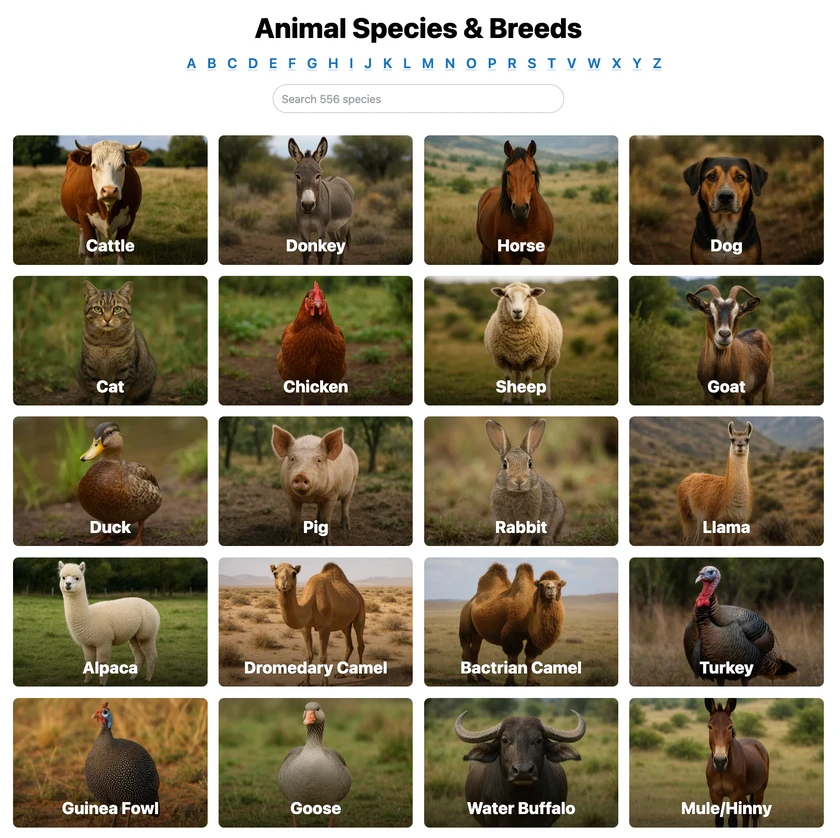 All Species & Breeds
All Species & Breeds
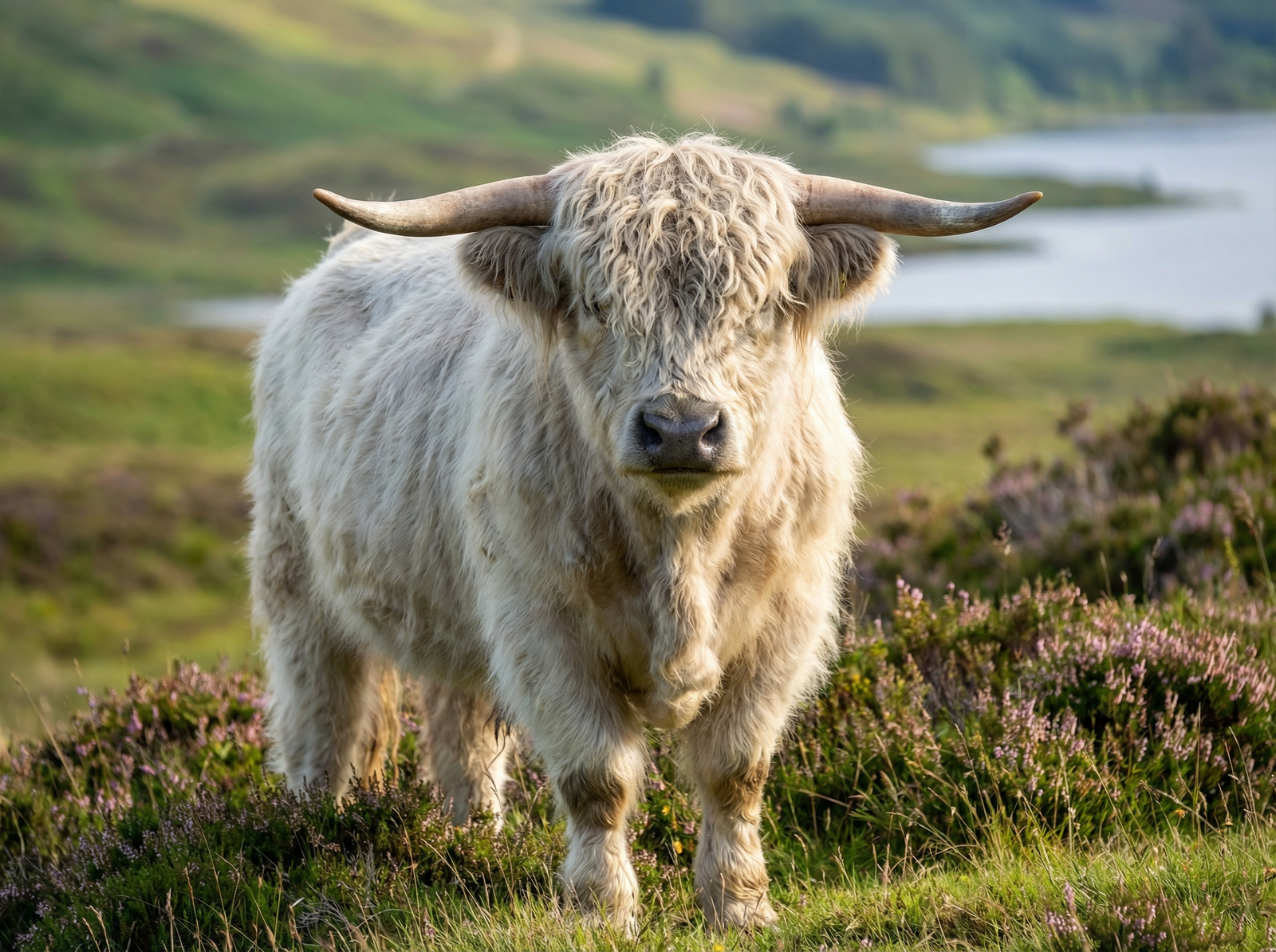 Highland Cattle
Highland Cattle
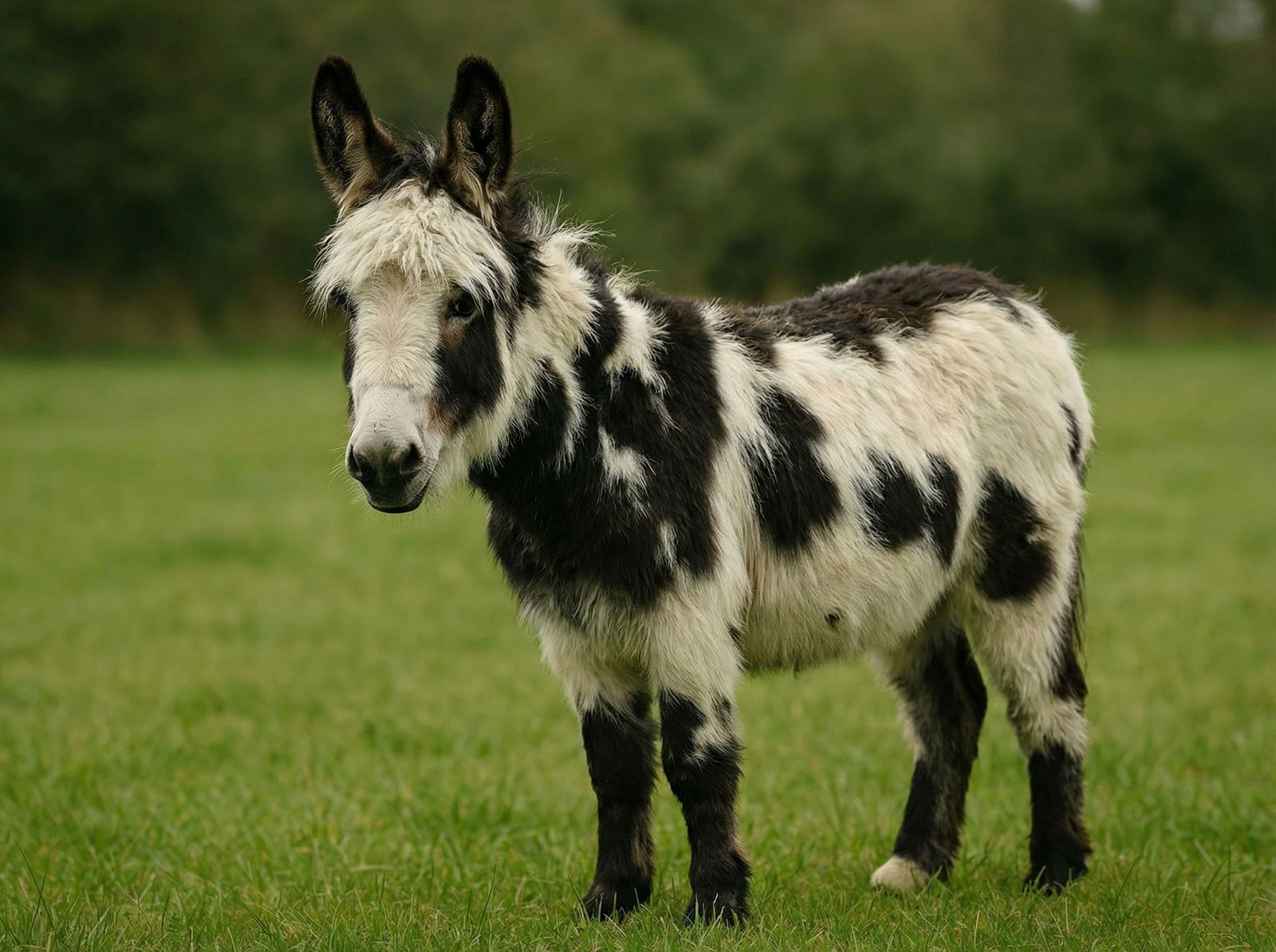 Miniature Donkeys
Miniature Donkeys
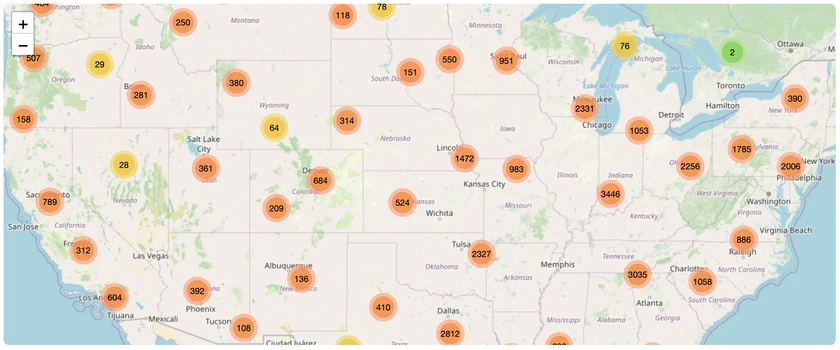 All Species Directory
All Species Directory
 Highland Cattle in Virginia
Highland Cattle in Virginia
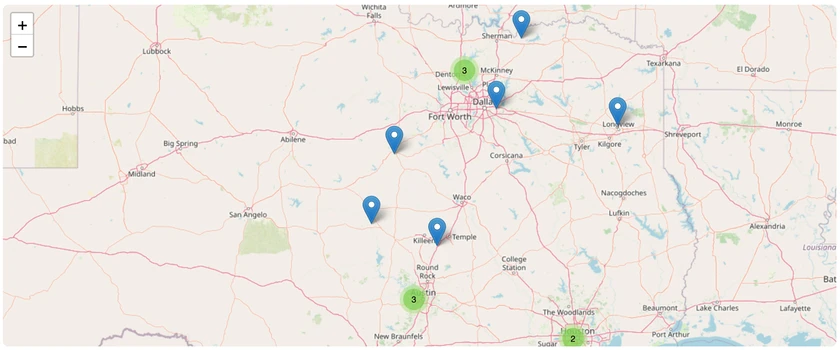 Miniature Donkeys in Texas
Miniature Donkeys in Texas









